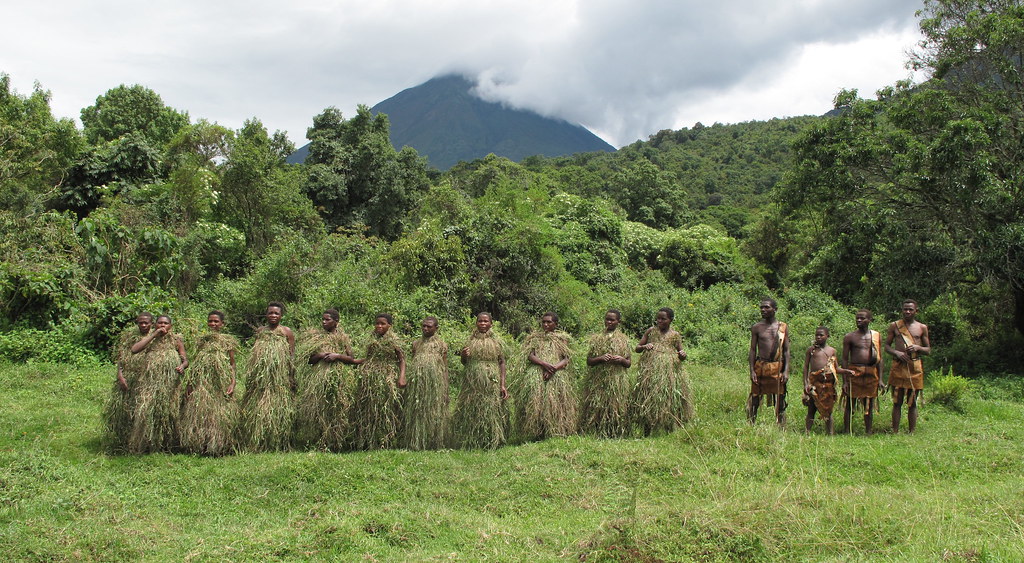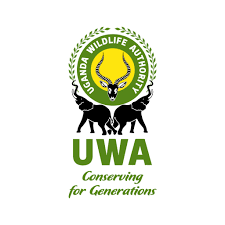Deep within the forested highlands of southwestern Uganda, an ancient story still lives on through song, dance, and tradition. The Batwa Cultural Trail offers travelers a rare chance to walk in the footsteps of Uganda’s indigenous forest people — the Batwa — and immerse themselves in a lifestyle that predates modern civilization. Known as the original dwellers of the Bwindi Impenetrable and Mgahinga Gorilla forests, the Batwa lived harmoniously with nature for thousands of years before being displaced due to conservation efforts. Today, they offer guided cultural trails to preserve their heritage, while educating and captivating those who come to learn.
Who Are the Batwa People?
The Batwa are a pygmy ethnic group believed to be among the oldest surviving forest communities in Central Africa. Before being evicted from their ancestral forest homes in the early 1990s when gorilla conservation efforts intensified, they lived as hunters, gatherers, and herbalists. They had a deep spiritual and physical connection to the forest, relying on it for food, medicine, shelter, and cultural rituals.
Although no longer living in the forest, the Batwa now share their traditions through the cultural trail, an immersive and moving experience that also acts as a bridge between their past and the present.
A Walk Through Time: What to Expect on the Batwa Cultural Trail
The Batwa Cultural Trail is much more than a hike — it’s a guided performance, a living museum, and a deeply emotional journey all in one. Led by Batwa elders themselves, the trail begins in the thick forests near Mgahinga Gorilla National Park or outside Bwindi Impenetrable Forest. Along the way, your Batwa guide will demonstrate how their ancestors hunted small game using handmade bows and arrows, gathered medicinal herbs from forest plants, and crafted homes from leaves and branches.
One of the most powerful moments of the experience is visiting a replica of a traditional Batwa homestead and sacred sites, including caves once used for spiritual rituals. The guides explain their folklore, myths, and survival tactics with clarity and pride.
Singing and dancing are central to Batwa life, and as part of the trail, you’ll be treated to traditional songs that tell stories of creation, hunting, and the struggle to survive after eviction. Some songs are celebratory, while others reflect sorrow over their loss of land. It is through these performances that many visitors feel an emotional connection with the Batwa people and their struggle to preserve identity in a changing world.
Where to Experience the Batwa Trail in Uganda
The Batwa Cultural Trail is primarily offered in two key locations: Mgahinga Gorilla National Park and Bwindi Impenetrable National Park. The version near Mgahinga is particularly popular, as it is supported by the Uganda Wildlife Authority and incorporates both cultural interpretation and forest exploration. In Bwindi, various community-based organizations have partnered with Batwa families to offer locally run versions of the trail that support conservation and community welfare.
Visitors can choose to participate in half-day or full-day experiences, usually coordinated through local lodges or tour operators.
Why the Batwa Trail Matters
The Batwa Cultural Trail is not just tourism — it is preservation, empowerment, and advocacy in motion. Since being displaced from their native forests, many Batwa communities have struggled with poverty, landlessness, and marginalization. By participating in this cultural experience, travelers directly support Batwa livelihoods and cultural pride. Proceeds from these tours go toward education, healthcare, housing, and empowerment programs for the Batwa communities.
Moreover, the experience brings to light an often untold side of Uganda’s conservation history — one that involves the delicate balance between protecting endangered wildlife and respecting indigenous rights. It reminds us that behind every protected forest are stories of people who once called it home.
Travel Tips for the Batwa Trail
The Batwa Trail is suitable for most fitness levels, though the forest terrain can be uneven and slippery. Wearing comfortable hiking shoes and carrying a light rain jacket is recommended, as the weather in the highlands can be unpredictable. Always go with a registered guide or book through a recognized tour operator to ensure a responsible and respectful experience.
Photography is allowed, but it’s important to ask for permission before taking close-up photos of the Batwa performers. Being sensitive to their space and showing appreciation for their storytelling helps create a respectful environment during the visit.





